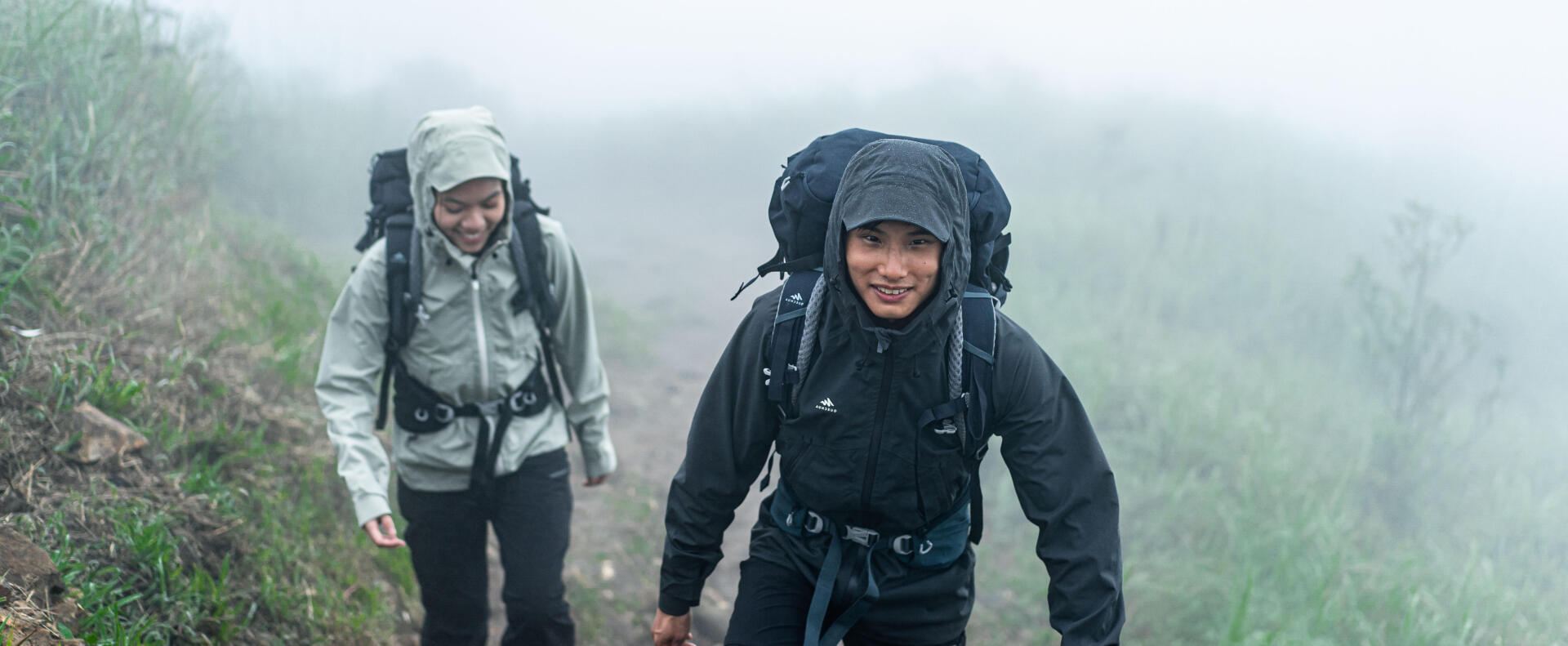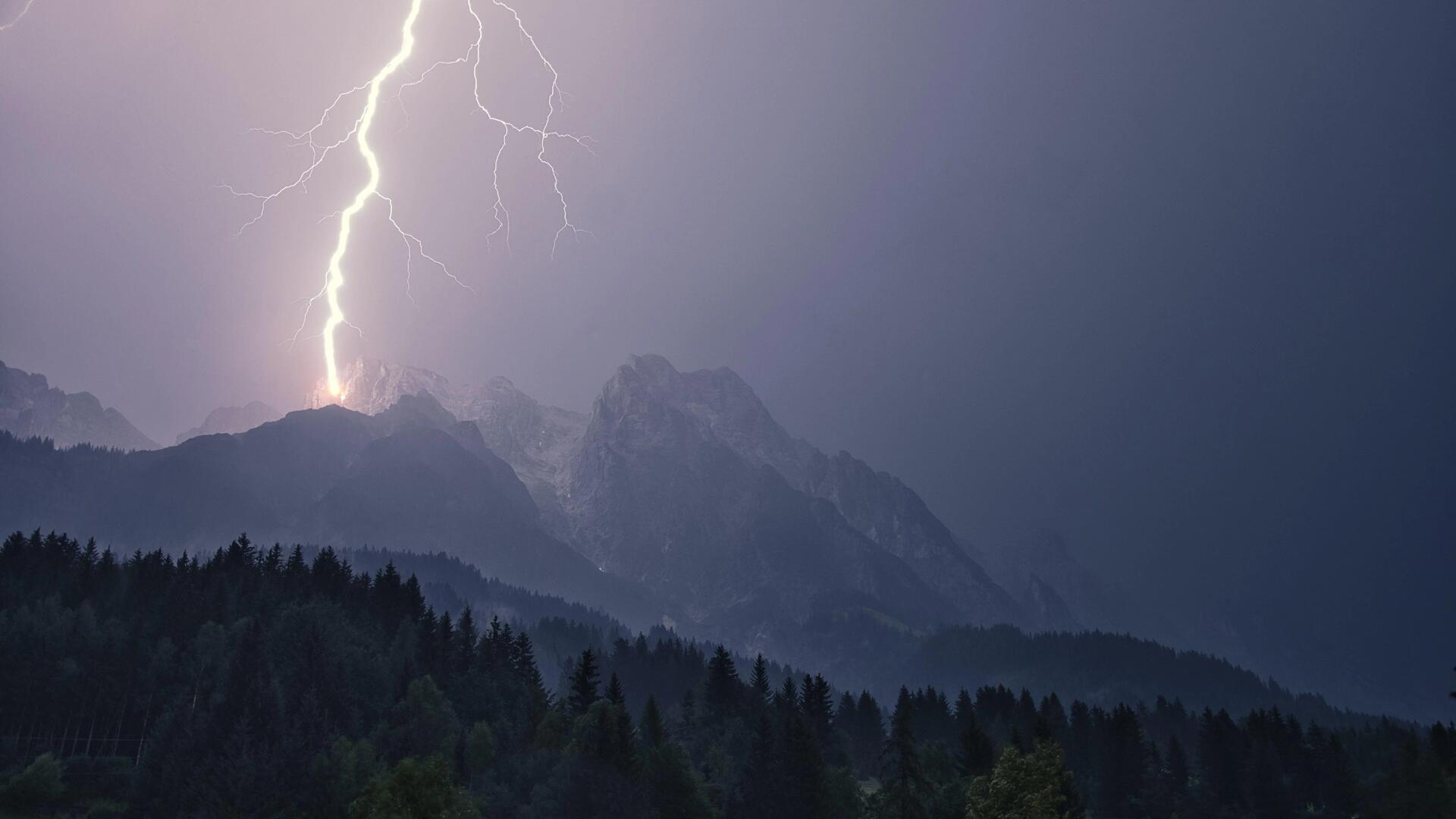The dangers and risks of thunderstorms when hiking
The first danger of a thunderstorm, and the one we all think of first, is lightning. This phenomenon occurs when lightning strikes something (building, tree, object, etc.). The more violent the storm, the more frequent the flashes of lightning and the greater the risk of being struck by lightning.
Lightning can have direct consequences: superficial burns, internal burns, electrification or electrocution and cardiac arrest. There are also indirect dangers and risks associated with thunderstorms: falling materials and trees, heavy showers that can cause flooding, wind and hail.






